🔬 Emerging Technologies: Essential Concepts for Reading Comprehension
Emerging technologies represent groundbreaking advancements that transform industries, societies, and global systems. These innovations leverage cutting-edge research and development, addressing complex challenges while creating new opportunities. RC passages on emerging technologies often explore their theoretical underpinnings, practical applications, and ethical implications. By understanding these concepts, readers can critically engage with the transformative potential of these technologies.
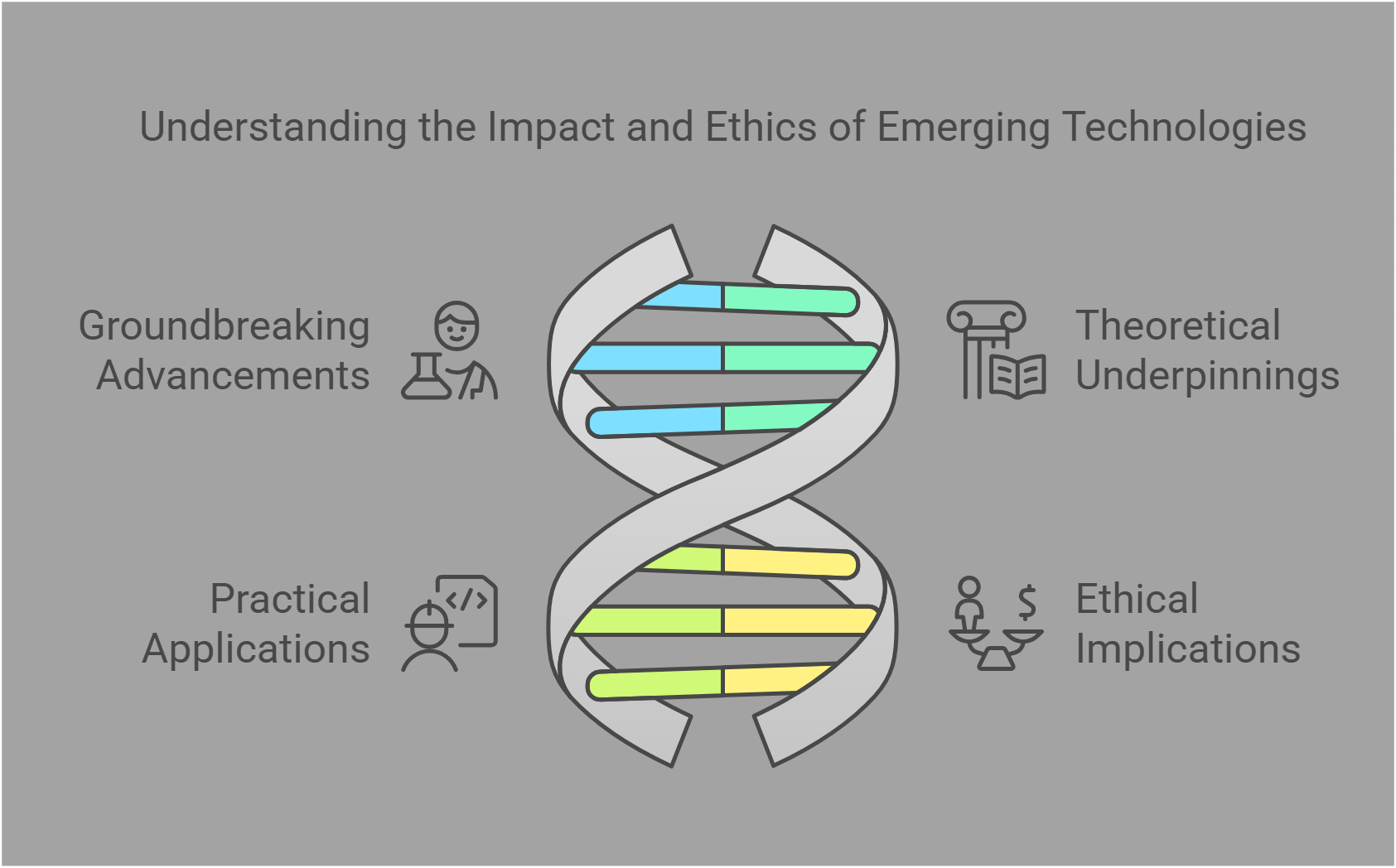
📋 Overview
This guide explores the following essential concepts in emerging technologies:
- Edge Computing
- Neural Interfaces
- Bioinformatics
- 3D Bioprinting
- Smart Materials
- Space-Based Solar Power
- Quantum Cryptography
- Drone Swarms
- Extended Reality (XR)
- Autonomous Vehicles in Logistics
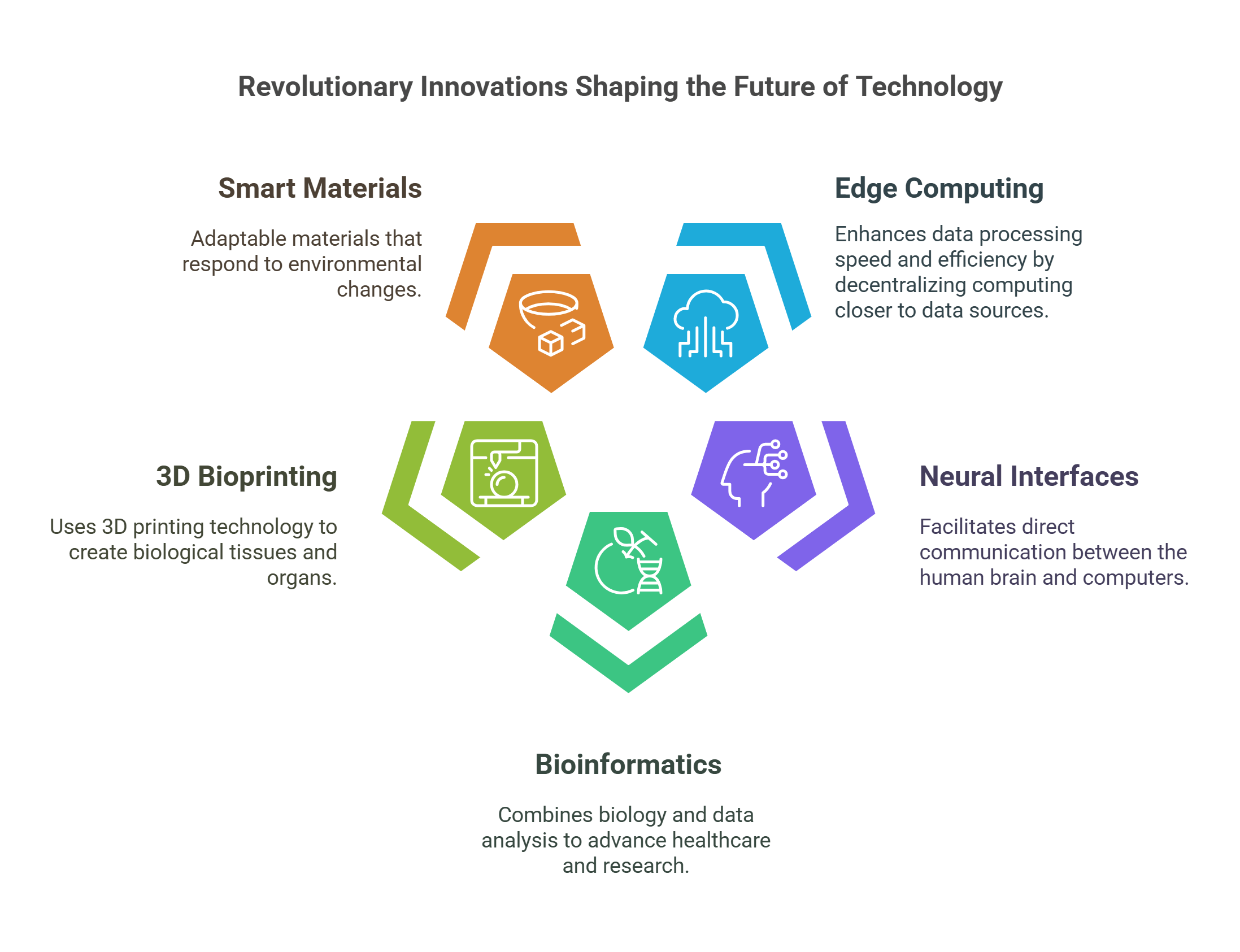
🔍 Detailed Explanations
1. Edge Computing
Detailed Explanation: Edge computing processes data closer to where it is generated—such as on sensors, IoT devices, or local servers—rather than relying on distant data centers or the cloud. This approach minimizes latency, improves response times, and reduces bandwidth costs.
- Advantages:
- Enables real-time data analysis for time-sensitive applications.
- Enhances privacy by processing data locally instead of transmitting it to centralized servers.
- Reduces dependence on internet connectivity.
Applications:
- Autonomous vehicles use edge computing to instantly process sensor data for navigation and obstacle avoidance.
- Smart cities employ edge devices to manage traffic flow and energy usage dynamically.
Explained Simply: Edge computing is like thinking on your feet instead of waiting for advice from a distant expert.
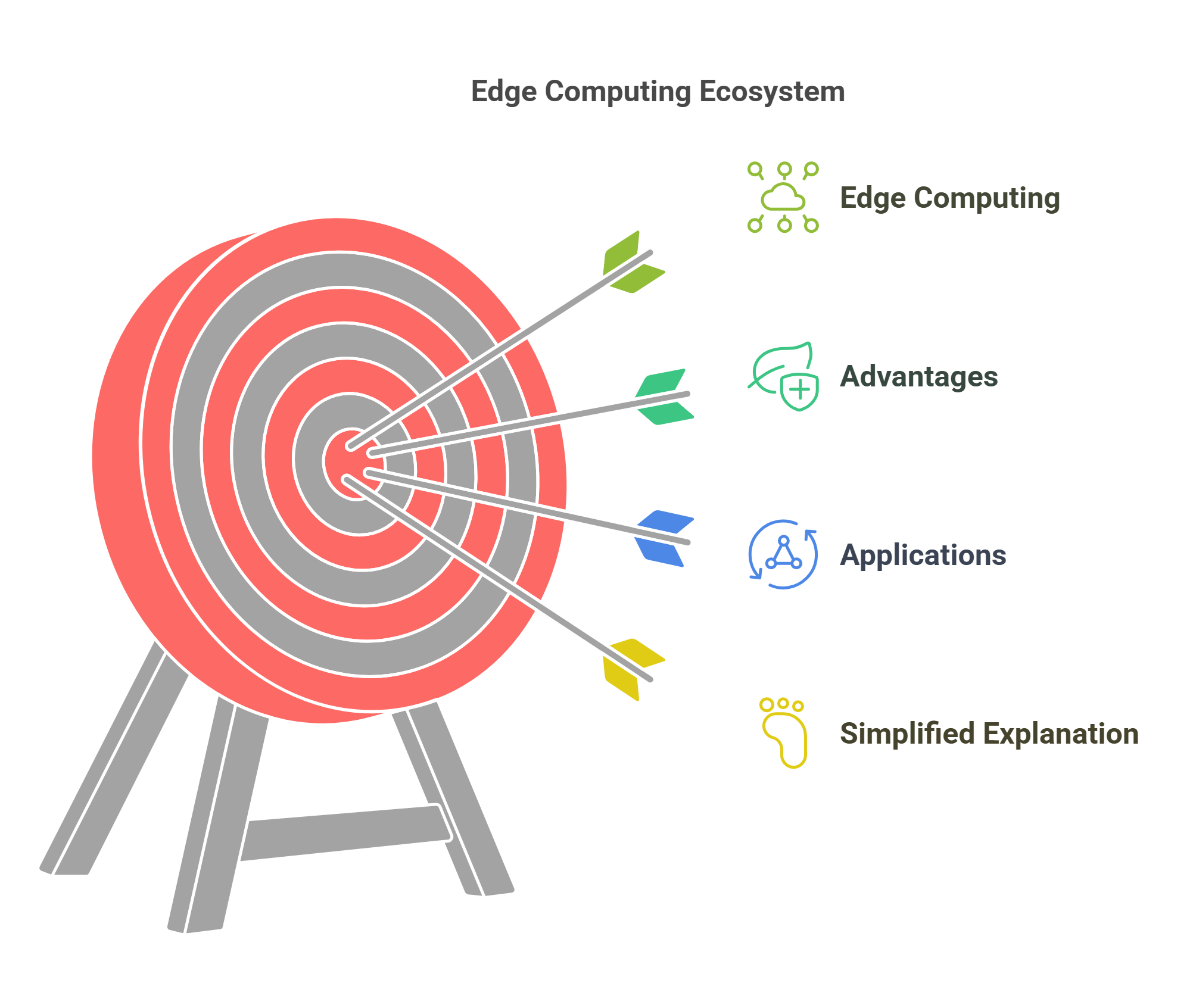
2. Neural Interfaces
Detailed Explanation: Neural interfaces, or brain-computer interfaces (BCIs), connect the human brain to external devices, enabling communication or control without traditional input methods. These systems rely on detecting and interpreting neural signals.
- Key Features:
- Electrodes or sensors capture brain activity (e.g., EEG).
- Algorithms decode neural patterns to execute commands.
- Feedback loops allow adaptive learning and precise control.
Applications:
- Medical: Assisting paralyzed patients with prosthetics controlled by their thoughts.
- Commercial: Enabling immersive gaming experiences where players interact using neural signals.
Example: A neural implant helping stroke patients regain mobility by translating their intentions into limb movements.
Explained Simply: Neural interfaces are like a digital bridge between your brain and the world.
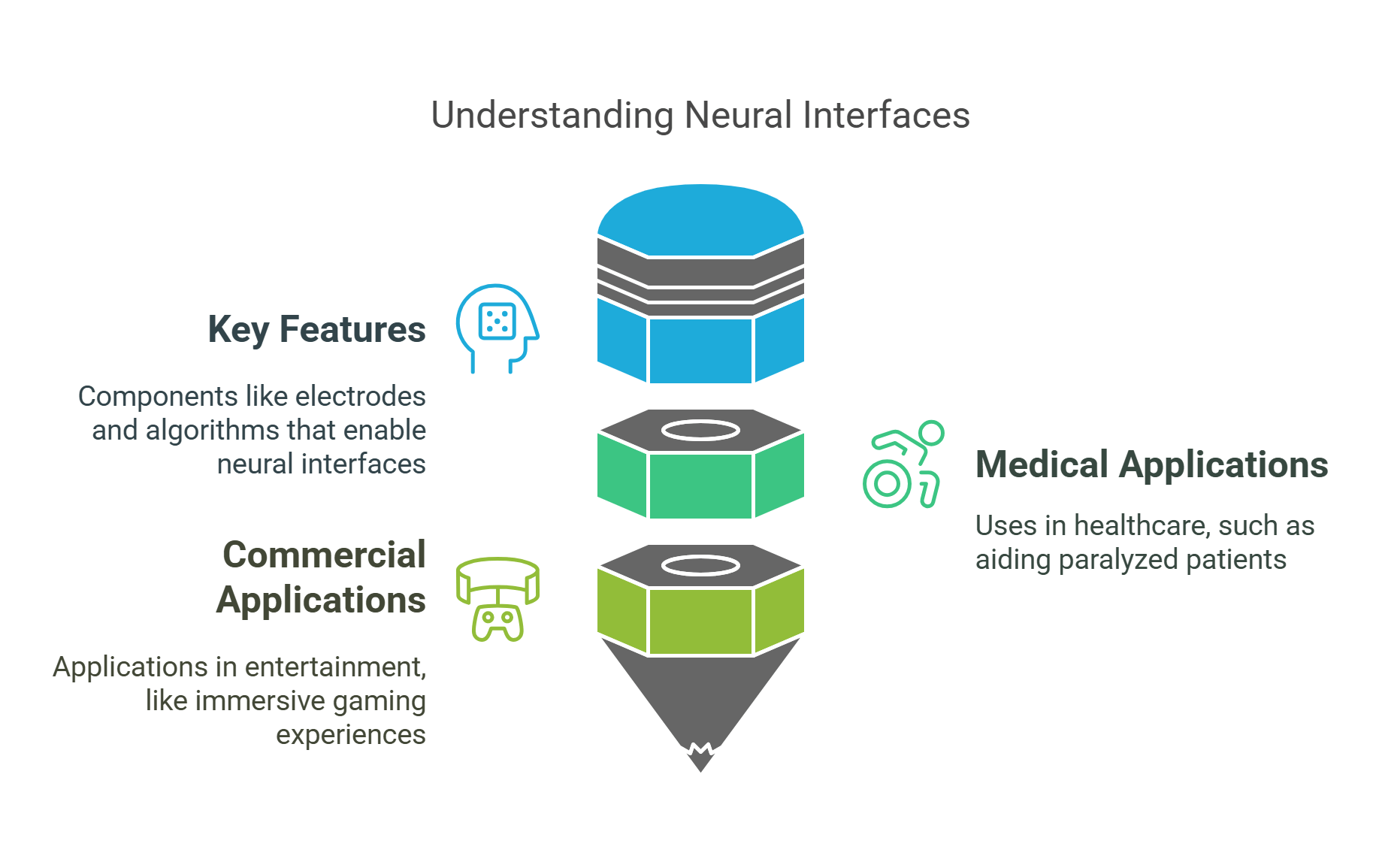
3. Bioinformatics
Detailed Explanation: Bioinformatics is the interdisciplinary science of collecting, analyzing, and interpreting biological data using computational tools. It plays a crucial role in genetics, molecular biology, and medicine.
- Core Techniques:
- DNA sequencing: Decoding the genetic information in organisms.
- Protein structure modeling: Predicting the 3D shapes of proteins to understand their functions.
- Data mining: Identifying patterns in large biological datasets.
Applications:
- Mapping genomes to identify disease-causing mutations.
- Designing targeted drugs by analyzing genetic markers.
Example: CRISPR gene-editing technology relies on bioinformatics to identify precise DNA sequences for editing.
Explained Simply: Bioinformatics is like decoding life’s instruction manual using powerful computers.
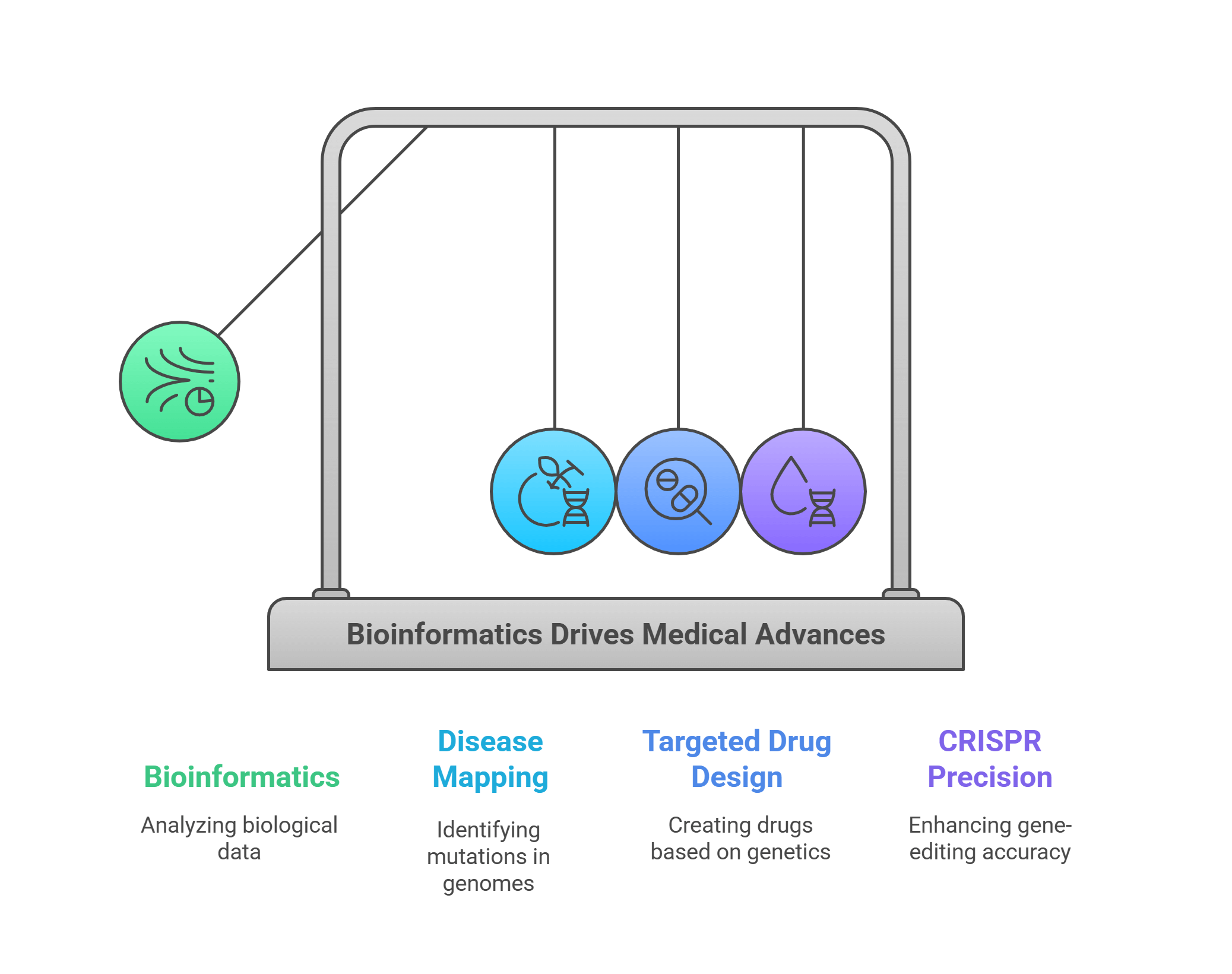
4. 3D Bioprinting
Detailed Explanation: 3D bioprinting fabricates tissue-like structures by layering bio-inks composed of living cells and biomaterials. This technology holds the promise of addressing organ shortages and advancing personalized medicine.
- Key Processes:
- Pre-design: Creating digital models of tissues or organs.
- Printing: Layering bio-inks to build the structure.
- Post-processing: Culturing cells to ensure functionality.
Applications:
- Developing skin grafts for burn victims.
- Printing mini-organ models for drug testing.
Example: Scientists bioprinting heart tissue that mimics the function of natural cardiac cells.
Explained Simply: 3D bioprinting is like a futuristic 3D printer, but instead of ink, it uses living cells.
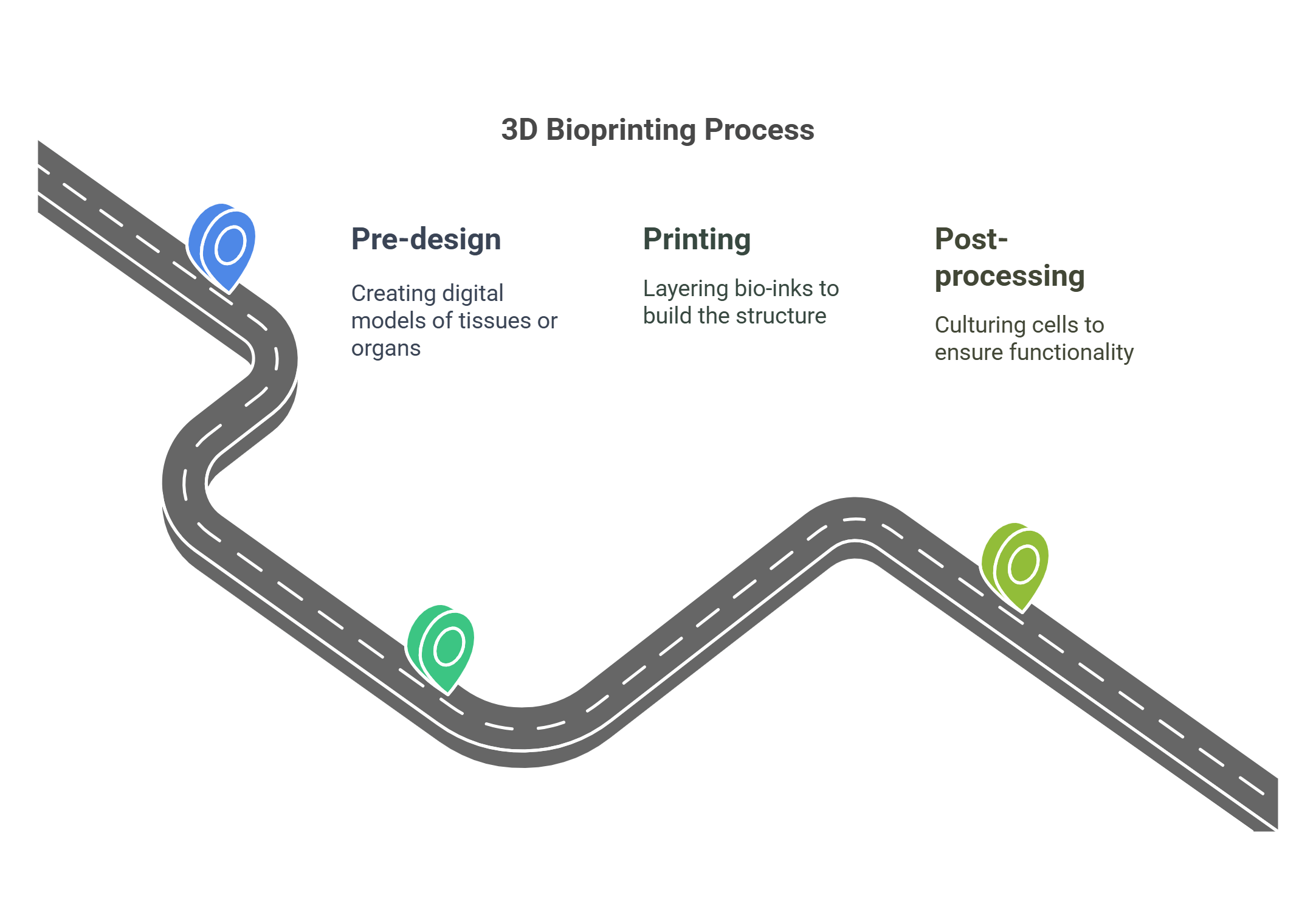
5. Smart Materials
Detailed Explanation: Smart materials adapt their properties—such as shape, color, or strength—in response to external stimuli like heat, light, or pressure.
- Types:
- Shape-memory alloys: Metals that return to their original shape when heated.
- Piezoelectric materials: Generate electricity when mechanically stressed.
- Self-healing polymers: Repair cracks or damage autonomously.
Applications:
- Aerospace: Using shape-memory materials in deployable spacecraft components.
- Consumer Electronics: Flexible displays for smartphones and wearables.
Explained Simply: Smart materials are like superheroes, changing their powers to match the situation.
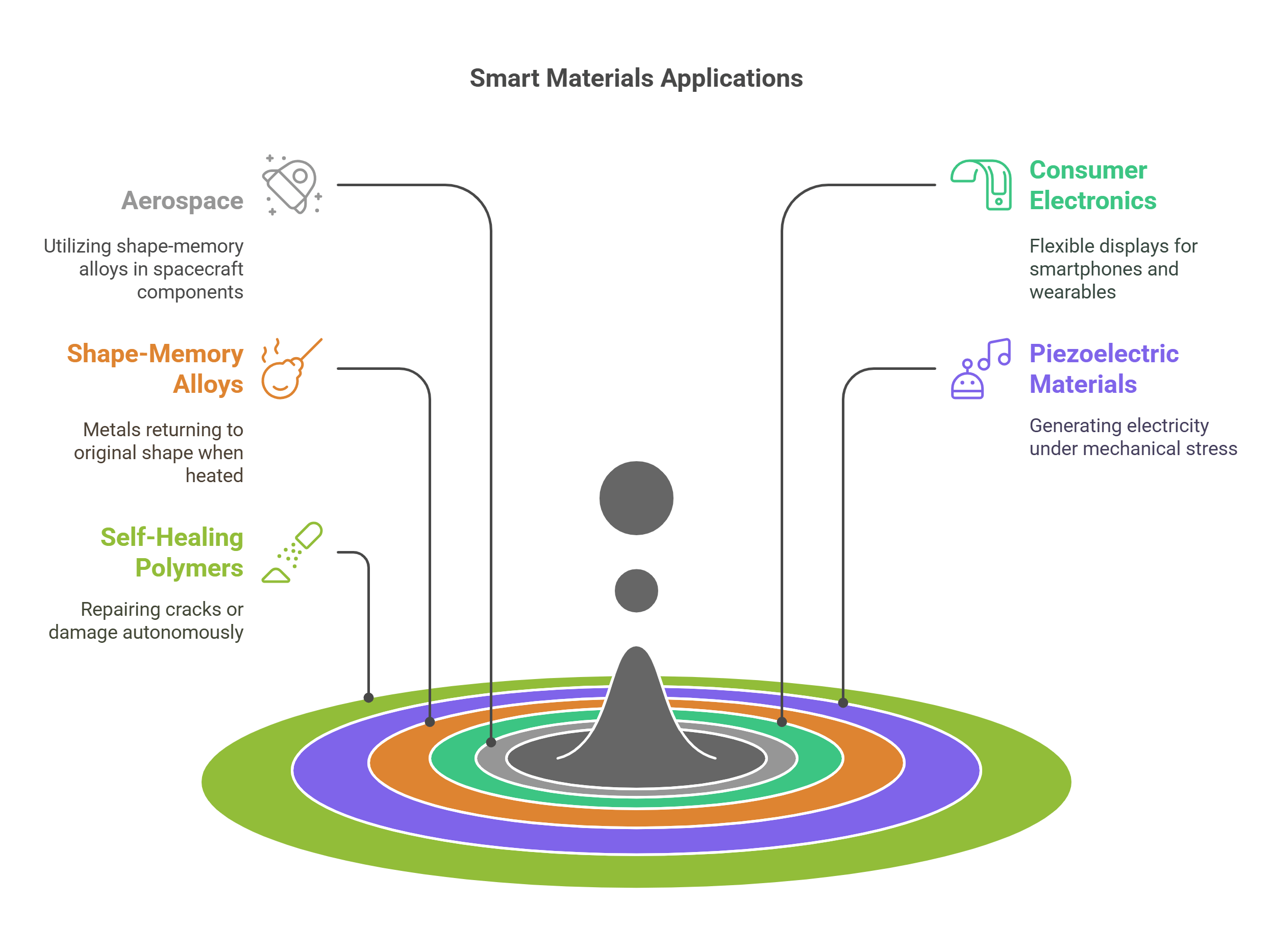
6. Space-Based Solar Power
Detailed Explanation: Space-based solar power (SBSP) involves placing solar panels in orbit to collect sunlight continuously, transmitting the energy to Earth via microwaves or lasers.
- Advantages:
- Uninterrupted solar energy unaffected by weather or nighttime.
- Could power remote or disaster-stricken areas.
- Challenges:
- High costs of deployment and maintenance.
- Potential risks from microwave transmission to Earth.
Example: The European Space Agency is exploring SBSP systems to reduce dependence on terrestrial energy sources.
Explained Simply: Space-based solar power is like placing a solar panel above the clouds to collect endless sunlight.
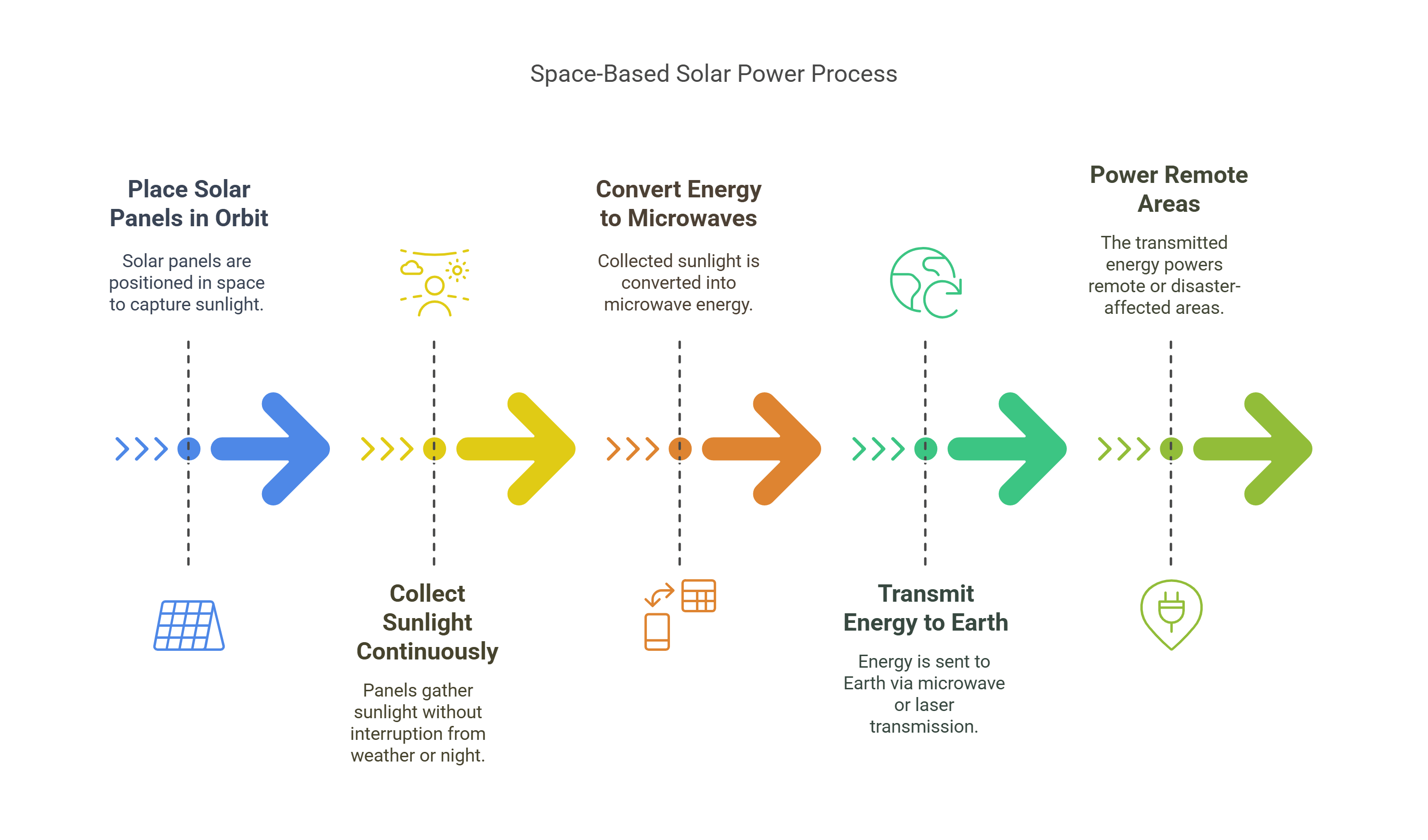
7. Quantum Cryptography
Detailed Explanation: Quantum cryptography leverages quantum mechanics to secure communications, ensuring data privacy in an era of increasing cyber threats.
- Core Technology:
- Quantum Key Distribution (QKD): Uses quantum particles to share encryption keys securely.
- Any attempt to intercept the key alters its state, alerting users.
Applications:
- Securing government communications.
- Protecting financial transactions from hacking.
Example: China’s satellite-based quantum communication system offers unparalleled security for data transfer.
Explained Simply: Quantum cryptography is like a secret handshake that disappears if someone tries to eavesdrop.
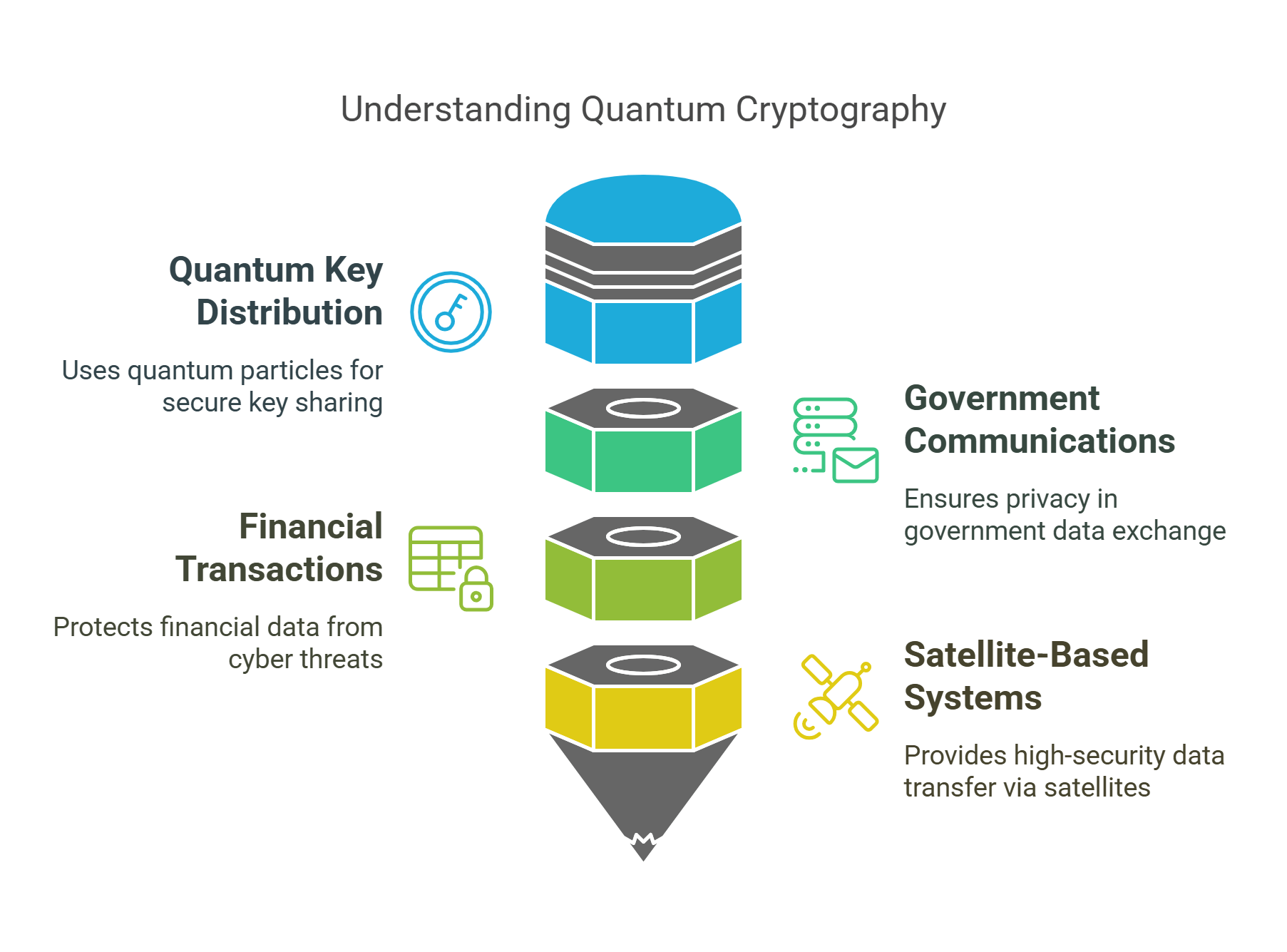
8. Drone Swarms
Detailed Explanation: Drone swarms consist of multiple drones working collaboratively, often using artificial intelligence to coordinate their actions without direct human input.
- Key Features:
- Decentralized control for adaptability.
- Ability to complete tasks collectively, such as search-and-rescue operations.
Applications:
- Agriculture: Monitoring crops and spraying fertilizers efficiently.
- Disaster Relief: Mapping disaster zones to assist rescue operations.
Example: Swarm drones were used to deliver medical supplies to hard-to-reach areas in Rwanda.
Explained Simply: Drone swarms are like synchronized dancers, performing tasks in perfect harmony.
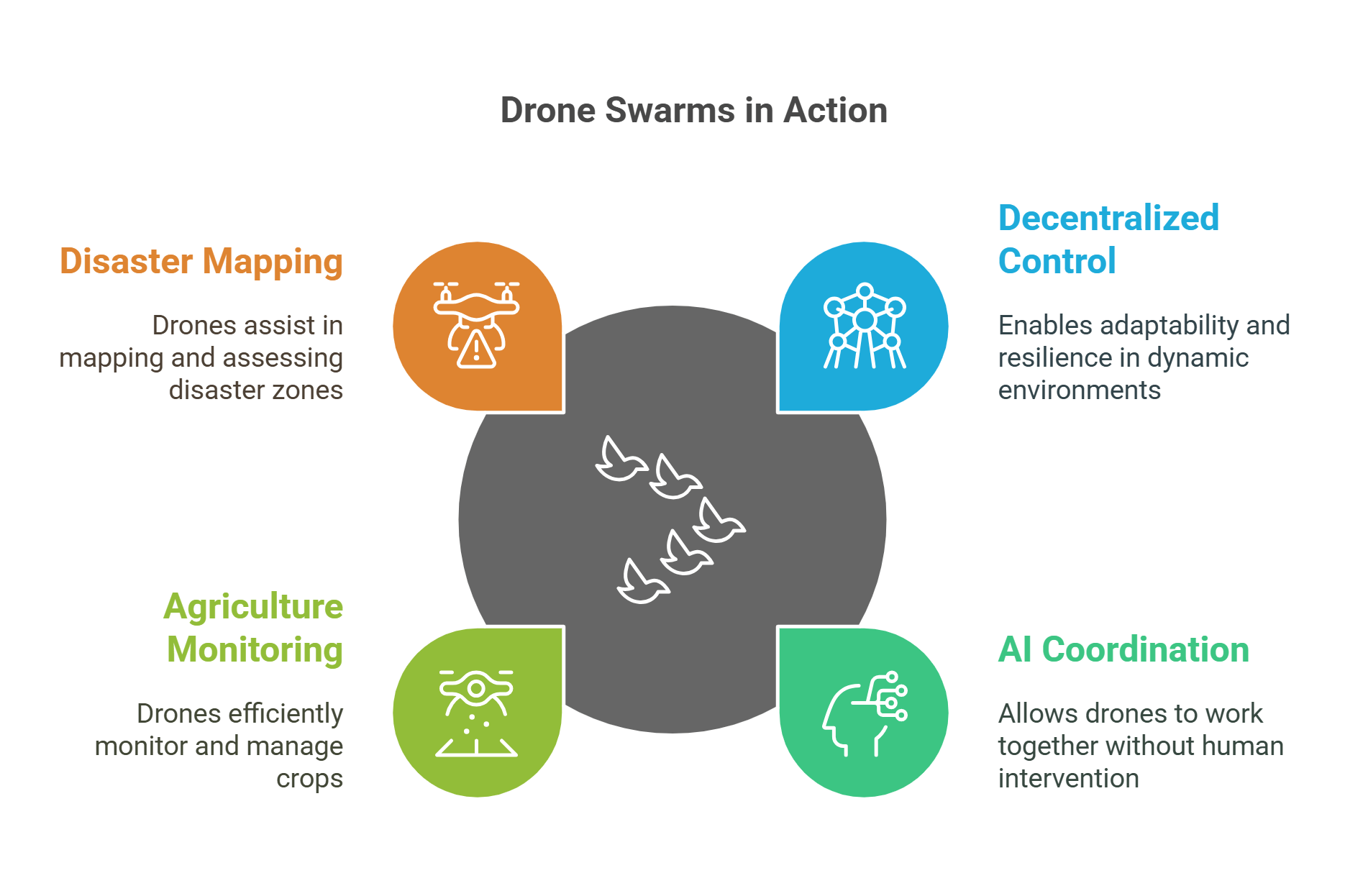
9. Extended Reality (XR)
Detailed Explanation: Extended Reality (XR) includes technologies that merge physical and virtual environments:
- Components:
- Virtual Reality (VR): Fully immersive digital experiences.
- Augmented Reality (AR): Digital overlays on the real world.
- Mixed Reality (MR): Combines real and virtual objects interactively.
Applications:
- Training: VR simulations for pilots or surgeons.
- Retail: AR apps that let customers visualize products at home.
Example: Microsoft HoloLens enables engineers to view and interact with virtual prototypes in real-time.
Explained Simply: XR is like stepping into a new world or adding digital magic to the real one.
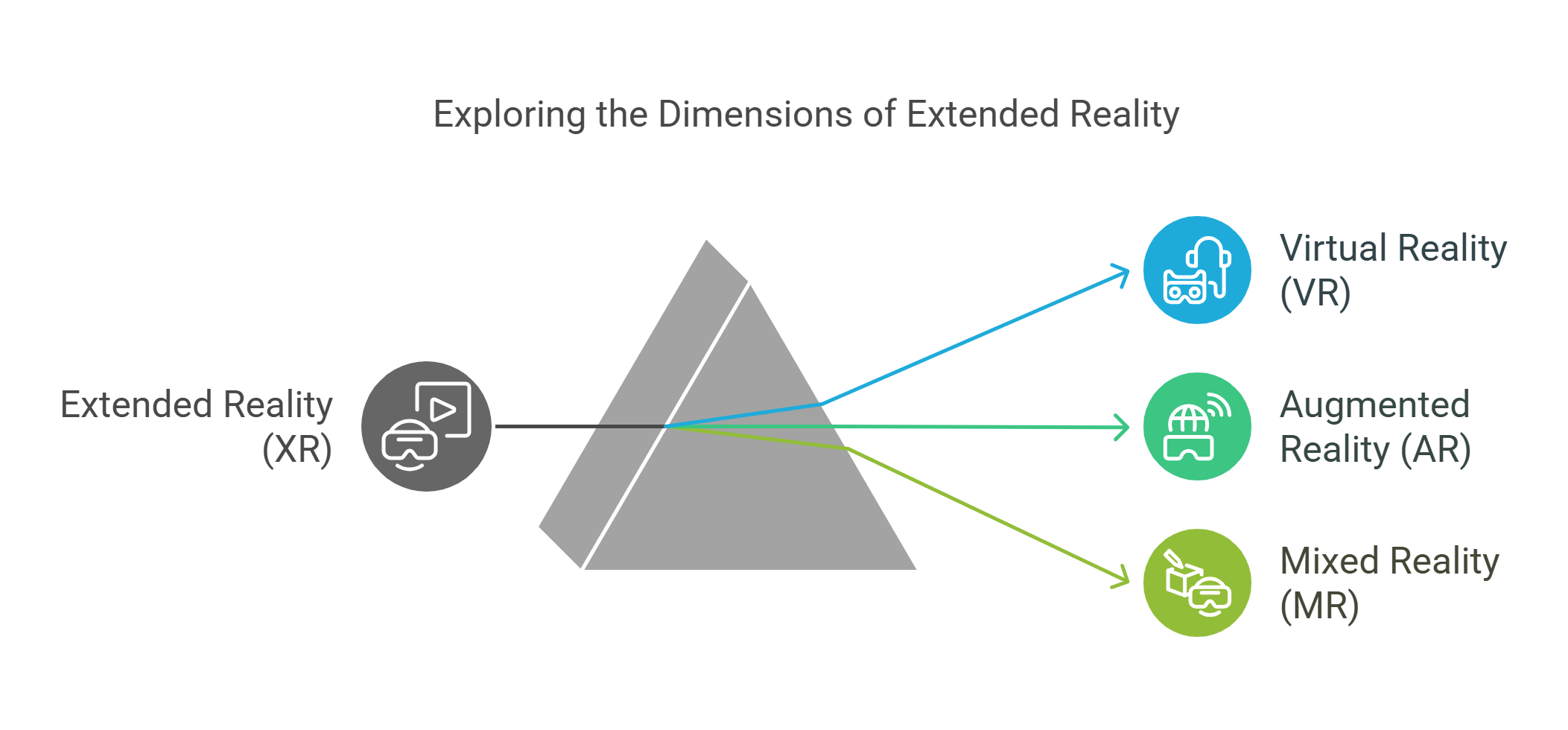
10. Autonomous Vehicles in Logistics
Detailed Explanation: Autonomous vehicles (AVs) in logistics use AI and sensors to navigate without human drivers, optimizing supply chains and reducing costs.
- Key Benefits:
- Reduces delivery times by operating 24/7.
- Minimizes human error in transportation.
Applications:
- Driverless Trucks: For long-haul freight transport.
- Delivery Drones: For last-mile delivery of packages.
Example: Tesla’s self-driving technology is being adapted for freight trucks, revolutionizing logistics.
Explained Simply: Autonomous vehicles in logistics are like robotic couriers, delivering goods efficiently without a driver.
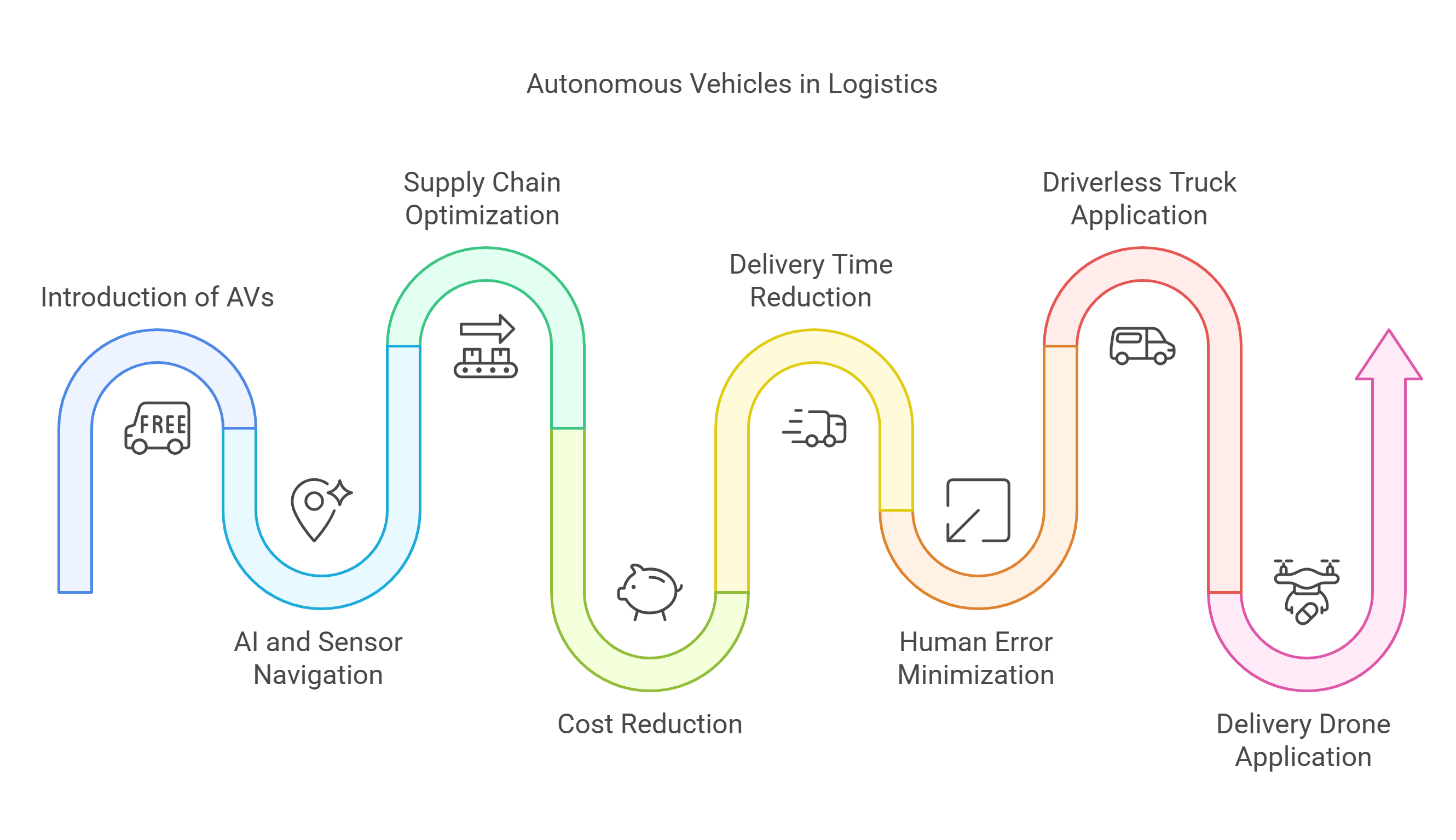
✨ Conclusion
Emerging technologies redefine the boundaries of innovation, solving complex global challenges while introducing ethical and logistical considerations. By delving into concepts like neural interfaces, drone swarms, and quantum cryptography, readers can critically engage with RC passages and discussions about the future of technology. These advancements illustrate how science and creativity converge to shape the world of tomorrow.










